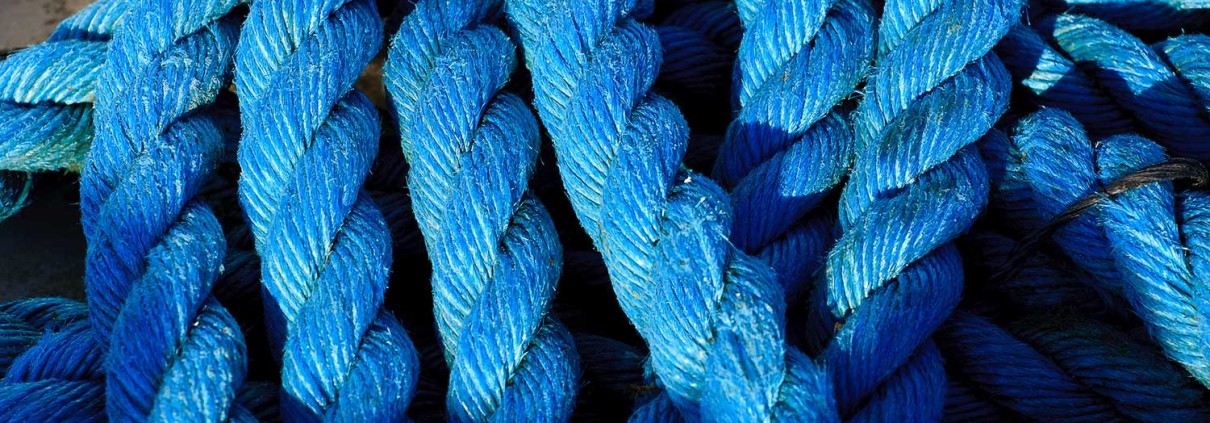Growing our Mussels
As a mussel farmer one of the most important jobs after catching enough wild spat (mussel larvae) on our ropes in the spring is to ensure we give them enough space to grow and thrive.
As a cooperative we are a group of farmers and recently we have been helping a neighbouring farm to thin down some of his 2014 crop of spat which was much too dense on the ropes after an especially great settlement last year. After a year the ropes were groaning with over 6000 small mussels per metre and so needed a little more space so as to enable them to access enough food and nutrients from the water in the tidal flows.
We took two of our boats to his site and set about stripping, de-clumping and then re-seeding the mussels back onto new rope he had just imported from New Zealand. We had a daunting 96 km of rope to fill and at the start of the job we wondered if we would have enough mussels to complete the job. But the initial dropper samples had been accurate and we managed to thin the mussels down by almost six times onto the new rope.
How do we manage to get them onto new rope I hear you ask? Well that’s a good question and we have a machine to help us with that job. It is a hopper, belt and measuring wheel arranged to dispense the special growing rope with a covering of mussels which are held in place by cotton socking. This socking will biodegrade over the next few weeks and give the mussels just enough time to throw out some new bysses (threads) to hold onto the ropes themselves.
When we come back next year to harvest, the ropes will be again groaning with weight (we hope) but instead of being just 25mm long they will be well over 60mm each and full of meat ready for market.






